Sometimes, you might come across an unauthorized card while reviewing your credit report. This possibly shows fraudulent activity and knowing how to handle it is very important for your financial well-being. Below are the necessary actions when you find a card that isn't yours on your credit report.
1. Recognizing the Problem
Initially, one must acknowledge the existence of an unauthorized card on their credit report. This can be done by thoroughly scrutinizing the credit report from all three main credit agencies: Equifax, Experian, and TransUnion. Pay attention to accounts or credit cards that you don't know about or have not opened. If you notice a card that you don't recognize, it may indicate that someone has stolen your identity or there is an error in the report.
Some reasons why unauthorized cards can be shown are identity theft, mistakes in administration, and misunderstandings with legal users. It's possible that a family member opened an account without your awareness or there was an error made by a clerk that caused wrong details to be added to the credit report. So, when you check your credit report it is good to think about all situations that could make an unauthorized card appear.
- Identity Verification: Verify your identity with the credit bureaus to ensure that the unauthorized card is not a result of identity theft.
- Authorized Users: Consider whether any authorized users or family members may have opened the card without your knowledge.
2. Contacting the Credit Bureau
When you have seen an unauthorized card on your credit report, it's time to get in touch with the credit bureau that reported this mistake. You can start a disagreement online, by phone, or by sending mail. Give them all the necessary details about the account which is being disputed like its number and why you are raising this dispute. The credit bureau will investigate the matter and notify the creditor of your dispute.
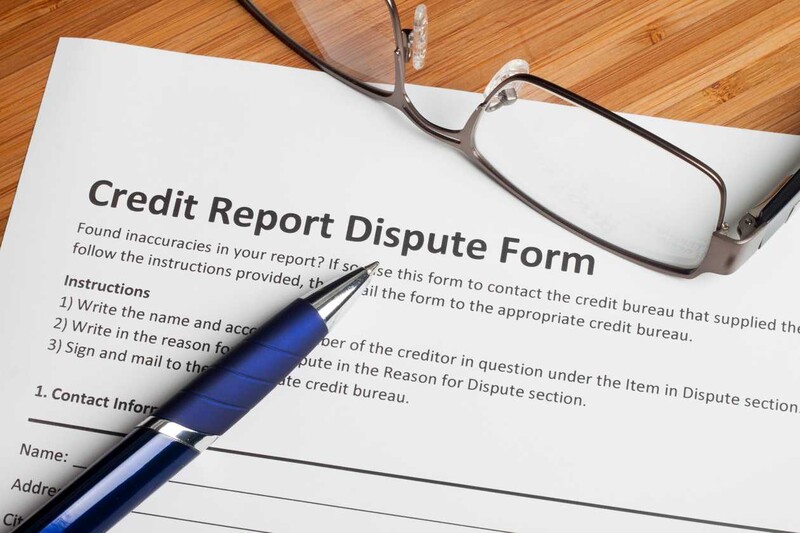
It is very important to make contact with the credit bureau again after starting the dispute. Make sure you keep a record of all your conversations, noting down confirmation numbers and dates when you communicated. This will be useful for later if there is a need to move up the dispute process or present evidence showing you tried resolving it first.
- Documentation: Keep records of all communications with the credit bureau, including confirmation numbers and correspondence dates.
- Follow-Up: Regularly follow up with the credit bureau to ensure that the dispute is being actively investigated.
3. Reaching Out to the Creditor
At the same time, you should also get in touch with the creditor linked to the card that was used without permission. Communicate directly with them to inform them about this disagreement and ask for an investigation from their side. Give all necessary documents like proof of your identity and evidence showing that it was not you who opened this account. The creditor will conduct its investigation into the issue.
In talking to the creditor, make sure your explanation is straightforward and simple. Give details about the unauthorized card alongside any proof you've collected. Ask questions about their procedure for solving disagreements and how long it takes to look into something like this. Maintaining open communication with the creditor can expedite the resolution process.
- Clear Communication: Clearly explain the situation to the creditor and provide supporting evidence.
- Inquire About Process: Ask about the creditor's dispute resolution process and the expected timeline for the investigation.
4. Monitoring Your Credit
At this time when the credit bureau and creditor are looking into the card that you didn't authorize, it's very important to check your credit often. Watch for any changes in your credit report and contact the credit bureau or creditor if needed. Be watchful so that they fix the problem quickly and keep your credit safe.
Think about signing up for credit monitoring services, too. These can send you immediate notifications if there are any alterations in your credit file such as the opening of fresh accounts or inquiries made by others about getting credit from lenders and so on. Being alert will help you spot and fix any strange actions before they damage your credit considerably.
- Credit Monitoring Services: Consider enrolling in credit monitoring services for real-time alerts on changes to your credit file.
- Stay Proactive: Regularly review your credit report and follow up on any suspicious activity promptly.
5. Resolving the Dispute
When the investigations come to an end, both the credit bureau and creditor will communicate their results with you. If it is confirmed that the unauthorized card was due to fraud or mistake, it has to be taken off your credit report. Confirm that all corrections have been done correctly and ask for fresh versions of your credit report to verify any alterations. If the disagreement isn't settled in a way that pleases you, you might have to do more things like making a complaint with the Consumer Financial Protection Bureau or getting help from the law.
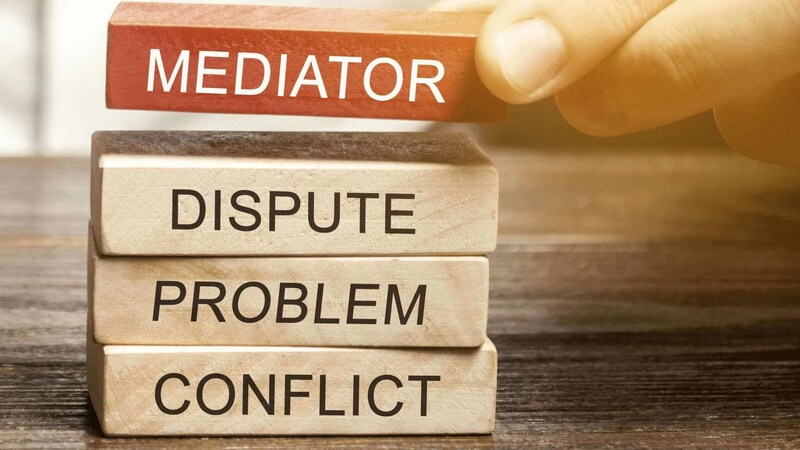
If the argument ends in your favor and the card that was not allowed is taken off your credit report, it is important to keep a close eye on your credit for upcoming months. This way, you can confirm that no more unauthorized activity occurs. Also, checking your credit report from time to time helps in finding fresh mistakes or signs of identity theft.
- Follow-Up: After the dispute is resolved, monitor your credit to ensure that no additional unauthorized activity occurs.
- Periodic Review: Review your credit report periodically to check for new inaccuracies or signs of identity theft.
6. Taking Preventive Measures
For stopping next time unauthorized cards on your credit report, you might think of doing preventive activities. Continuously keep an eye on your credit report to detect any dubious actions and sign up for credit monitoring services for extra security. Protect your personal information and be careful when giving out sensitive details online or offline. Moreover, think about putting a warning for fraud or blocking your credit to stop any unauthorized entry.
Knowing about the different tactics identity thieves and fraudsters use is also crucial. Keep yourself updated on current scams and phishing tricks, always staying alert when giving out personal details or handling unexpected financial requests. By actively learning how to guard your identity and credit, you can lessen any chances of seeing unauthorized cards on your credit report later on.
- Education: Stay informed about common scams and phishing schemes to protect yourself from identity theft.
- Proactive Protection: Take preventive measures such as placing fraud alerts or credit freezes on your credit file.
Conclusion
Handling a card that isn't yours on your credit report feels challenging, but by taking the right actions you can manage it. Bear in mind to admit the problem, get in touch with both the credit bureau and creditor, watch over your credit, and implement necessary steps for prevention to protect your financial details. By being active beforehand, you can keep safeguarding your credit and money condition for a long time ahead of you.

Best Dental Insurance for Braces of 2023
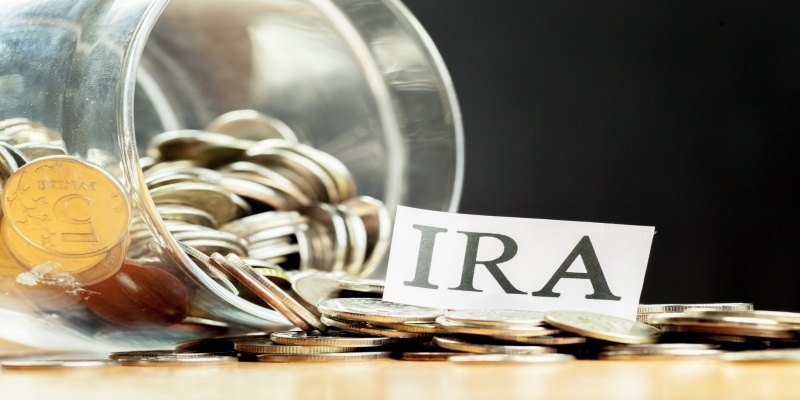
Guide to Penalty-Free Early Withdrawals from Your IRA
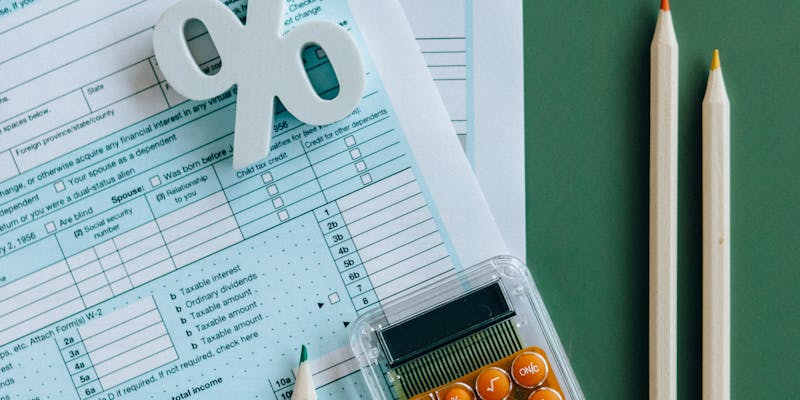
Ways To Report 1099-MISC Box 3 Payments on Your 1040 for Tax Year
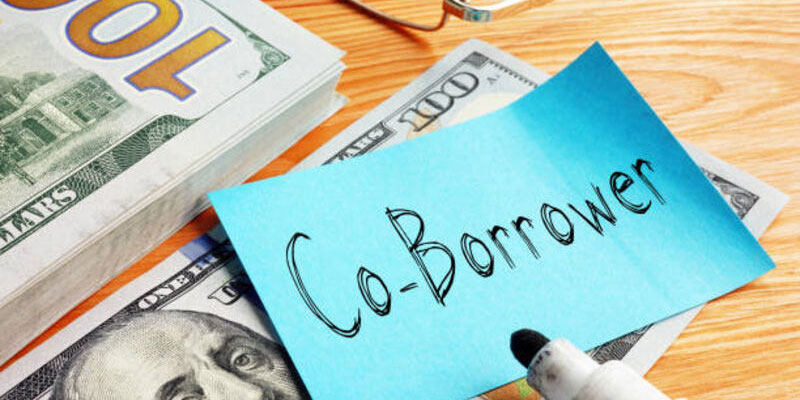
What Is a Co-Borrower? A Comprehensive Guide to Co-Borrowing
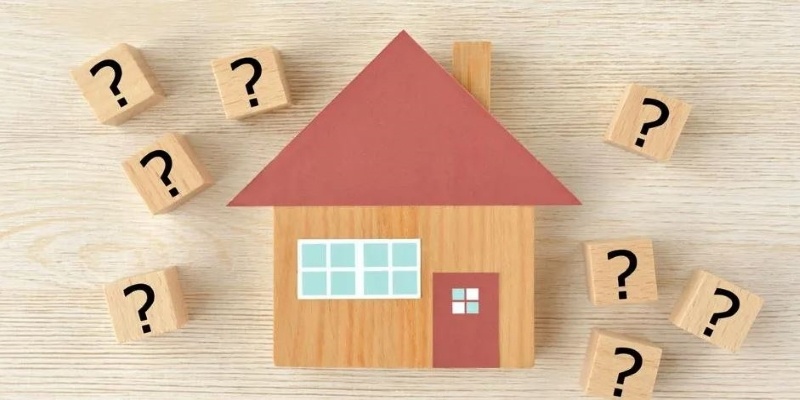
Why Your Home Is Stuck on the Market: Key Issues to Address
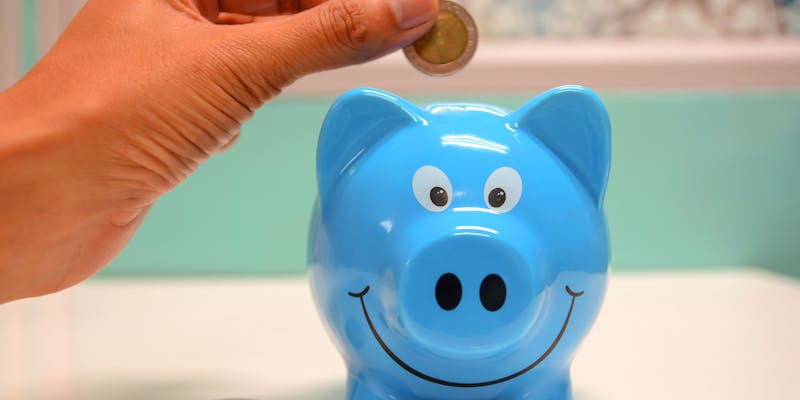
What are the Best Online Checking Accounts You Should Consider?
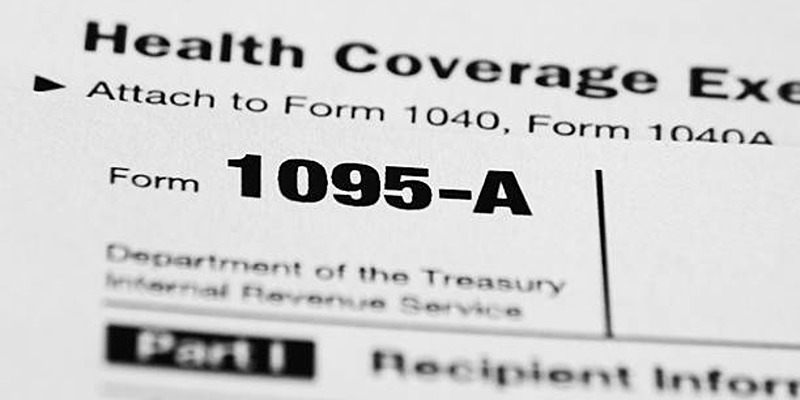
Understanding Form 1095-A: A Comprehensive Guide
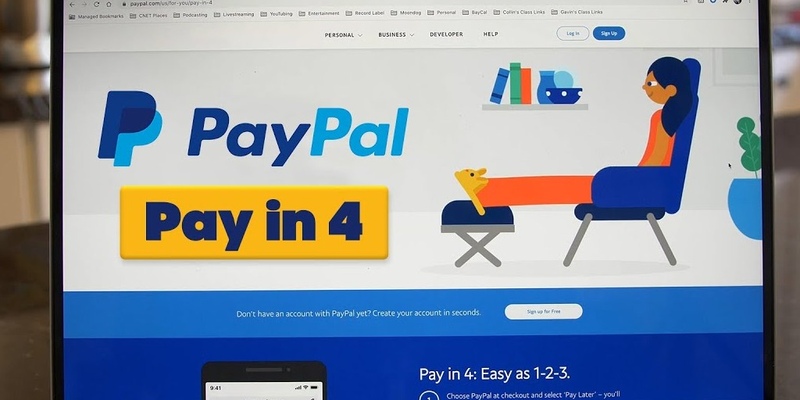
All You Should Know About PayPal Pay in 4
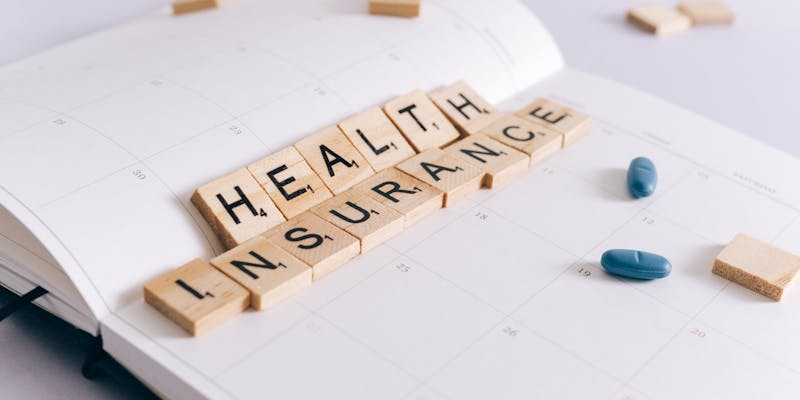
Navigating the World of Membership Organizations and Their Impact on Health Insurance

Explaining the Mechanics: Insights into Working and Premium Determinants
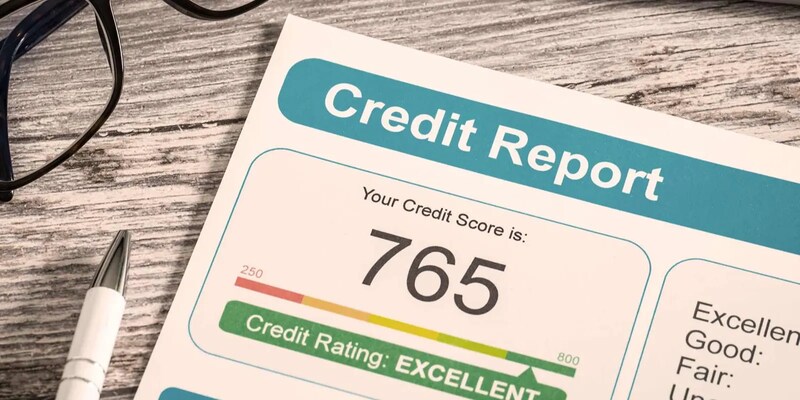
Understanding Unauthorized Cards on Your Credit Report
